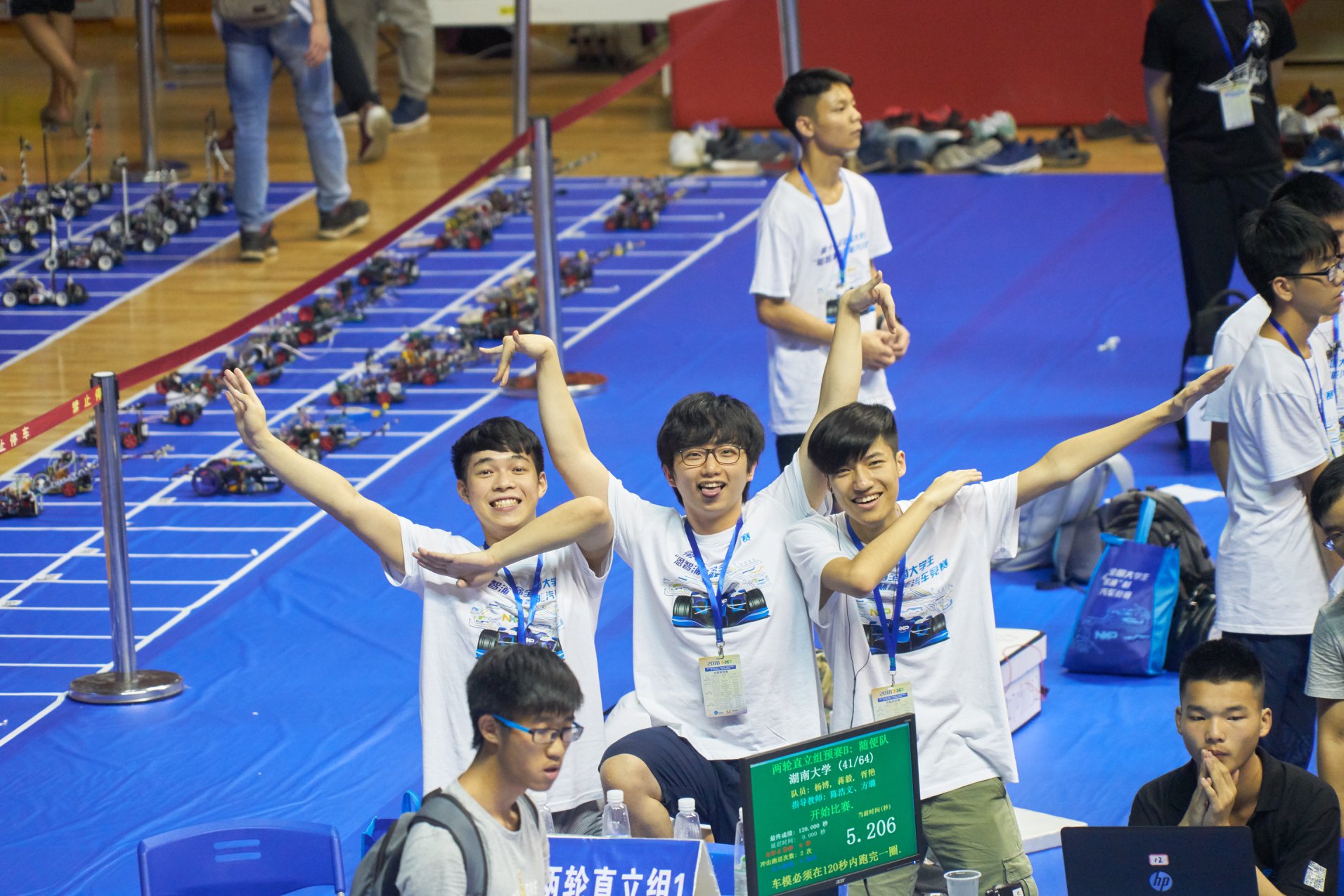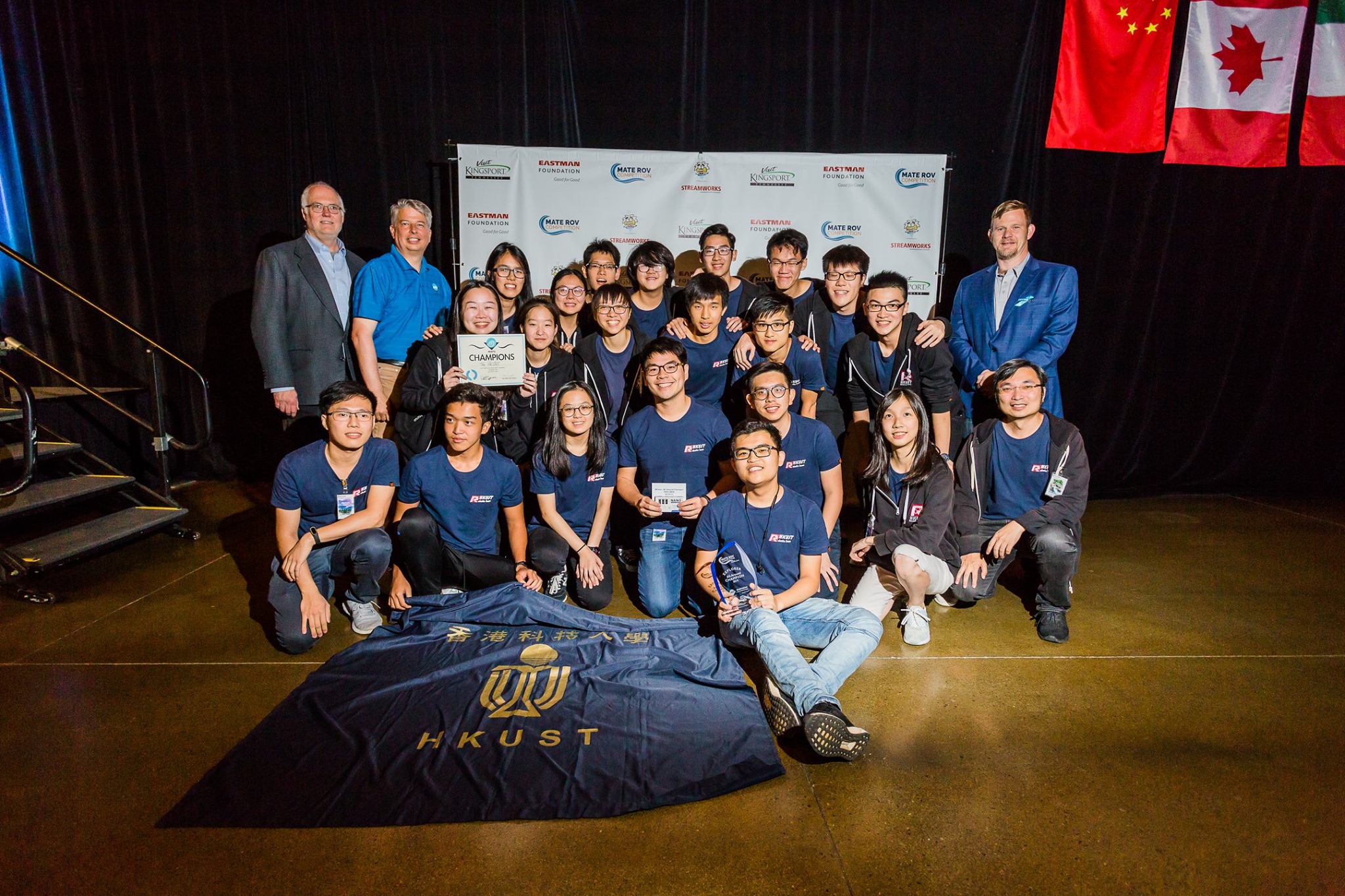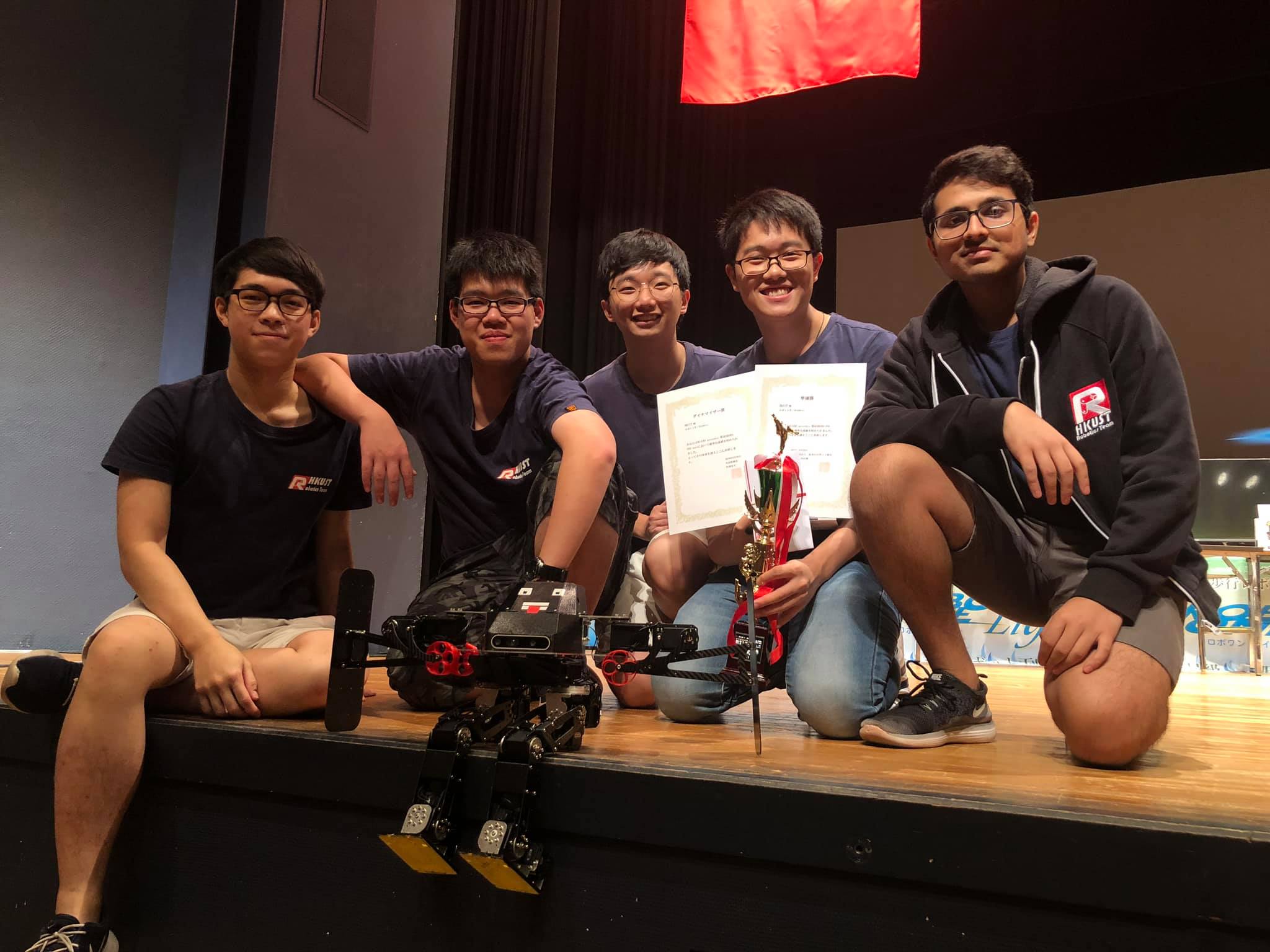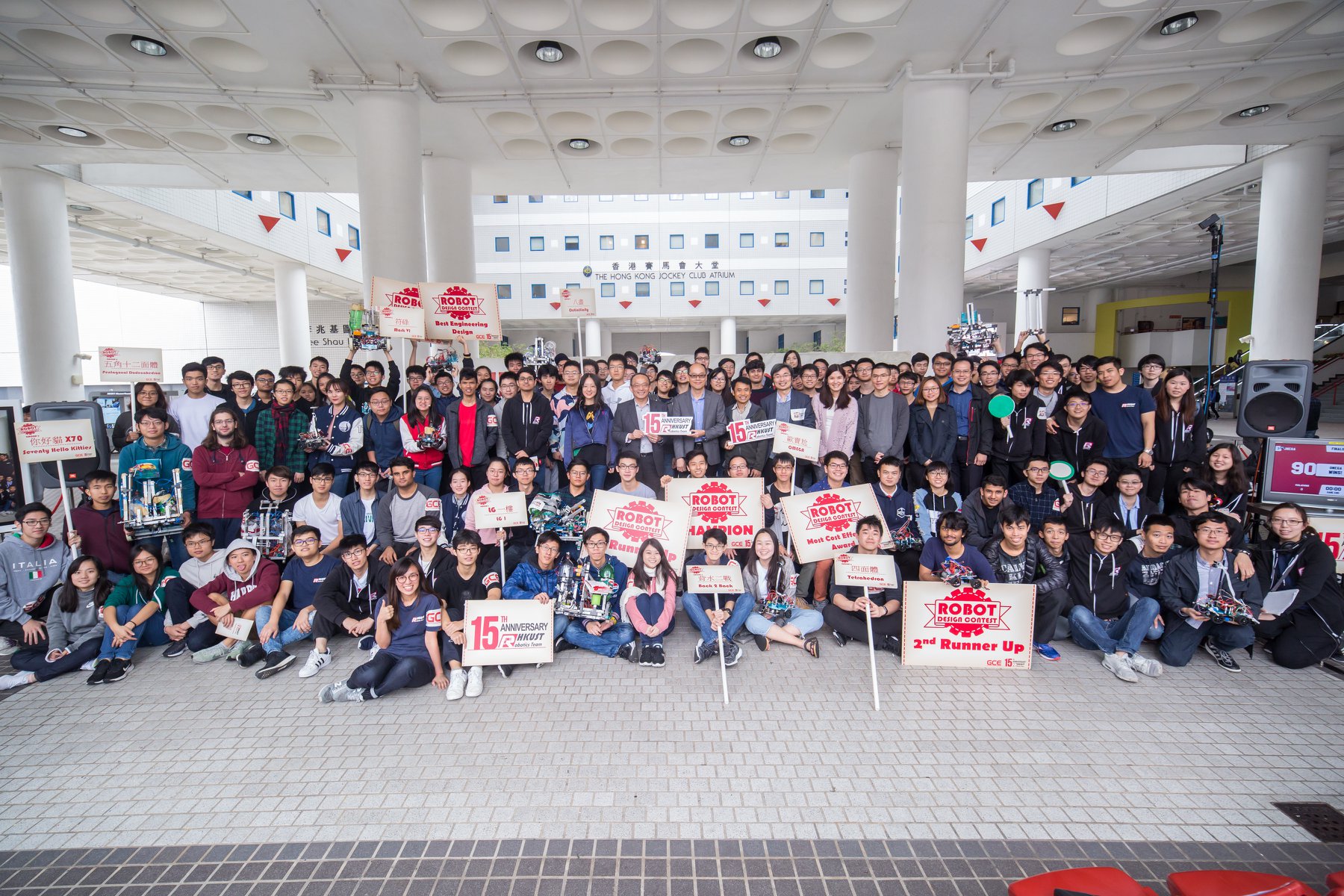“Why Not?”: The Making of Global-Ready Graduates in Engineering Education
By Nicole Lai
“When it comes to globalisation, students have to understand and keep in mind of other cultures,” said Prof. Tim Woo, HKUST.
The rise of a global society driven by technology and communication developments are reshaping our modes of teaching and learning in Higher Education. Our future graduates are going to be world citizens, facing unprecedented changes and uncertainties. Global citizens have the ability to be sensitive to the wider world where they take an active role to engage with the world. Prof. Tim Woo, a HKUST-affiliated member, is dedicated to creating opportunities for his students to develop as global-ready graduates in the HKUST Robotics Team, Robotics Special Project, and Final Year Design Project. As educators, we have to enable students to acquire global skills and compete in the international arena as confident individuals, effective contributors, and responsible citizens.
Learning to Do, Learning to Know, Learning to Be, and Learning to Live Together
Be it HKUST Robotics Team or the credit-bearing Robotics Special Project, Tim always makes sure his students get the best out of it. Not only does he care about robotics development, but he also emphasises how students should be active learners and world citizens. Within a year, the team has recruited about 80 students from 12 to 14 nationalities where they came together for a common goal.
Coming from different countries, cities, schools, disciplines and more, the diverse teams with different backgrounds and skills serves as a space for students to develop their intercultural competence while exchanging knowledge, skills, and ideas. Who would expect students majoring in business to also be part of the Robotics team?
To maximise the diversity among teams, each team will include at least two nationalities. There was even a group where members from 6 nationalities joined to collaborate. In that case, students have the invaluable learning opportunity to perceive things from new perspectives, understand and embrace differences. As most of the class hours are after school where everyone has their own schedule and commitments, students have to mix and adjust with team members in order to compromise and work towards the common goal. Just as Jacques Delors put in 1996, the four pillars of learning are learning to do, learning to know, learning to be, and learning to live together, Tim believes learning to live together across cultural boundaries is one of the key learning experiences for his students.
Facilitating Meaningful Intercultural Contact
Apart from the close collaborations with their team members on campus, students also have the chance to participate in overseas competitions together. While students are learning and exploring in a foreign environment, Tim would not give up any chance on creating meaningful contact for students to communicate with teams coming from other parts of the world. For example, teams from different countries were sitting closely with each other at the venue, however as Tim observed, they were not chatting with other teams. There is always this habit of students staying with their own members at different corners. However, he also realised how his students were waiting for a chance to have a conversation with teams from other countries. After reaching out to one of his teams and asking if they would like to talk with a particular team from other places, he started by bringing that group over, opened the dialogue, and left his students. During the three days of the competitions, Tim guided and witnessed how students transformed from being shy to actively engaging in communicating with foreign teams despite some language barriers. He believes the most important thing is to create a safe environment for students to step out of their comfort zones.
However, students usually need a little push and help from their teachers despite being put in a very diverse environment, thus teachers also play a crucial role here as facilitators during their intercultural learning journey. It is paramount that we provide a safe environment for students and let them understand learning is not only about being successful but also being open to accepting failure.
Pass it On: Teaching to Learn, Learning to Teach
While Tim creates a unique learning environment for students to learn, practise, and work towards a common goal as a diverse team, he always keeps three layers in mind to train students’ soft skills and maintain the continuity of the learning experience: (1) students who compete in the competitions, (2) students who organise the competitions, (3) students who organise the training programme. Each team will have two assigned mentors, usually from a different culture. After immersing in an intercultural environment for a year as freshmen, the team has the tradition of having senior members coming back to organise activities and help with mentoring. They also have to sit together, discuss, and agree on the teaching materials as they have to make sure freshmen from all backgrounds can share different points of view and ideas. Such change in their learning from being participants to seniors is a good practice of passing on the knowledge, both technical and interpersonal, as role models to the next generation.
At the same time, Tim believes in the idea of “Teaching to Learn, Learning to Teach”. It is always good to see different ways of thinking as students explore an environment where there are lots of people, resources, and things to happen. Besides, senior members are trained to work and communicate in a diverse setting where mentors at their time were also passing on knowledge and intercultural experiences to them. Therefore, this long tradition of having seniors coming back, as organisers and mentors, has developed a strong sense of belonging within the team.
“Why Not?” – Dream it. Do it. Own it.
Apart from maximising the diversity among the Robotics Team to develop students’ global competencies and cultural intelligence, Tim is also aware of the importance to cultivate students to become self-initiated individuals who can deal with people from differences. Whenever students come to him for the Final Year Design Project, Tim would try to encourage and guide students to explore the possibility of self-motivated interdisciplinary collaboration. One of his students was majoring in electronic engineering and planned to work on a flying drone, however, he knew nothing about image processing. Tim proposed the idea of collaborating with another student from computer science. The student hesitated and, as usual, Tim would say “Why not?”. He then advised and helped him to find a computer science student who was also interested in this collaboration as a final year project. By motivating students with the previous self-proposed interdisciplinary examples and a sense of ownership, Tim always guides students to reach their goals while also acquiring creativity, self-knowledge, problem-solving, and self-motivation.
All in all, internationalisation of teaching and learning is not only about sending students for exchange and increasing the percentage of international students. In terms of programme design and facilitation, we can always think one step forward for grouping, logistics, goal settings, and students’ motivation. At the same time, we should also bear in mind the continuity of the programme and how to bring students back to share and teach the next cohort. Our design and facilitation are also the keys to how students develop certain global skills, such as goal setting, action planning, decision making, interpersonal skills, problem-solving, and leadership. Last but not least, students, as world citizens, are going to face challenges that we have never imagined. We must try our best to create a safe space where students can fail, accept the failure, and change it into another experience.
Acknowledgments
The feature story draws on an interview with Prof. Tim Woo who generously shared with us his experiences and insights, and we hope we have done justice to the wisdom of his practice in the internationalisation of teaching and learning.
Cite this item
Lai, N. (2019, Nov). “Why Not?”: The Making of Global-Ready Graduates in Engineering Education. CoP – ITL Buzz, 8. Retrieved from https://www4.talic.hku.hk/cop-itl/whats-happening/enewsletters/issue-08/why-not/.





